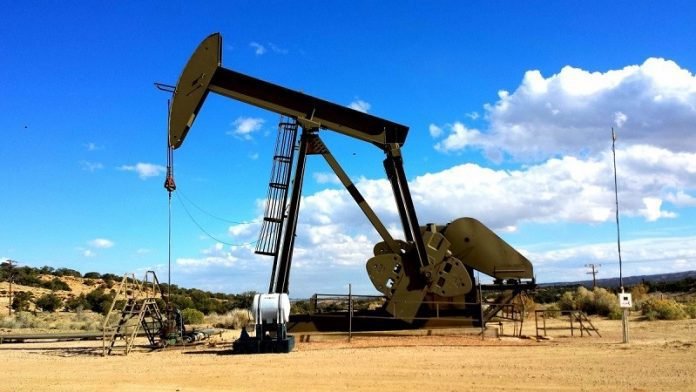Last Updated on March 20, 2024 by Nasir Hanif
The oil and gas sector is, without a doubt, one of the biggest industrial juggernauts in the present-day business arena. If we narrow down the story to the United States we will see that through 2020. The local oil and gas industry managed to produce total revenue of as much as $110.7 billion. With so much money on the table, even the smallest mistakes can be paid in millions of dollars and disrupt production.
Keeping in mind the industrial and machine-based production conditions we can see how maintenance can easily become one of such issues. Keeping that in mind, let’s give this very important topic another consideration and see why maintenance and repairs make some of the most important processes in the entire O&G sector.
Table of Contents
The common risks and causes
However, before we proceed to this examination we would like to remind you that the extraction, refining, and production in the petroleum sector envelops us in very harsh and volatile conditions. These extremely harsh circumstances take quite a heavy toll on the industrial equipment making regular maintenance and replacement mandatory. Some of the most common issues that occur as a result of this attrition are as follows:
- Erosion and cracking
- Development of new equipment that makes the old pieces obsolete
- Changes to codes and standards
- Degraded materials
- Drop in the performance
Disaster prevention
One of the first things that cross everyone’s minds when going through the effects as severe as these has to be the possibility of a disaster. And granted, the oil and gas industry hasn’t been spared of these unfortunate events.
Let us quickly remember the 2010 Deepwater Horizon Rig explosion that took 11 lives and caused 17 serious physical injuries. The environmental damage that was the result of the spill that lasted the whole 87 days was immeasurable.
The Deepwater Horizon incident serves as only one grim reminder of how important the issue of maintenance is in an industry that is as fragile as this one.
Fixing small issues puts bigger concerns to rest
People often see major oilfield disasters as the result of a major malfunction of heavy machinery. All these unfortunate events, however, can start with nothing more than simple plugs, concrete retainers, and rupture disc valves.
When these small tools burn out heavier industrial tools sustain greater damage and wear out much more quickly. Being thorough and installing new, efficient oilfield equipment instead of these dilapidated pieces can drastically extend the lifespan of more expensive and critical industrial pieces. Penning down a thorough maintenance schedule would make this initiative even more efficient.
Increased efficiency and sustainability
For a very long time, the oil and gas industry was under close security. The general public due to environmental impact on the entire sector. Unfortunately, due to the very nature of the industry, changing this image will be very hard. But, making the petroleum sector more efficient and sustainable definitely presents a step in the right direction.
By making sure the industrial equipment is in top-tier shape and always using the most efficient tools, the O&G companies are effectively speeding up the production, cutting the number of resources that need to be invested, and lowering the environmental impact.
Higher productivity for higher profit margins
Even though it still scores impressive numbers, the oil and gas industry was one of the industries that took the hardest blow due to the outbreak of the COVID-19 pandemic. Keeping in mind its role in the global economy this turmoil had a huge implication on livelihood.
The operational efficiency that comes with the proper equipment maintenance, therefore, is not only important for reducing the environmental impact of the industry but also for helping the O&G companies to produce stronger profit margins and prevent layoffs we’ve seen during the pandemic.
Reducing expenses
This is yet another factor that can have a very strong influence on the profitability of an O&G company. Namely, the general assessment says that performing repairs. These are the result of major breakdowns, costs up to ten times more than implementing periodic preventive maintenance. Furthermore, the studies have found out technicians of an average industrial facility spend 80% of their time performing reactive maintenance. These resources could be much better spent. If only half this time was used for preventive procedures.
Companies could considerably drop the costs of human labor and regular repairs.
We hope these few examples gave you a general idea about the overall importance of preventive maintenance in the O&G sector. The petroleum industry is a juggernaut with a huge shadow over the entire business world. This scale and influence put giant pressure on the sector to perform as tight as possible. Since any eventual mistakes, disasters, or drops in efficiency create giant ripples across the global pond. Preventive maintenance can’t solve all the problems that come with the production of fossil fuels but it represents a very good starting point.



























